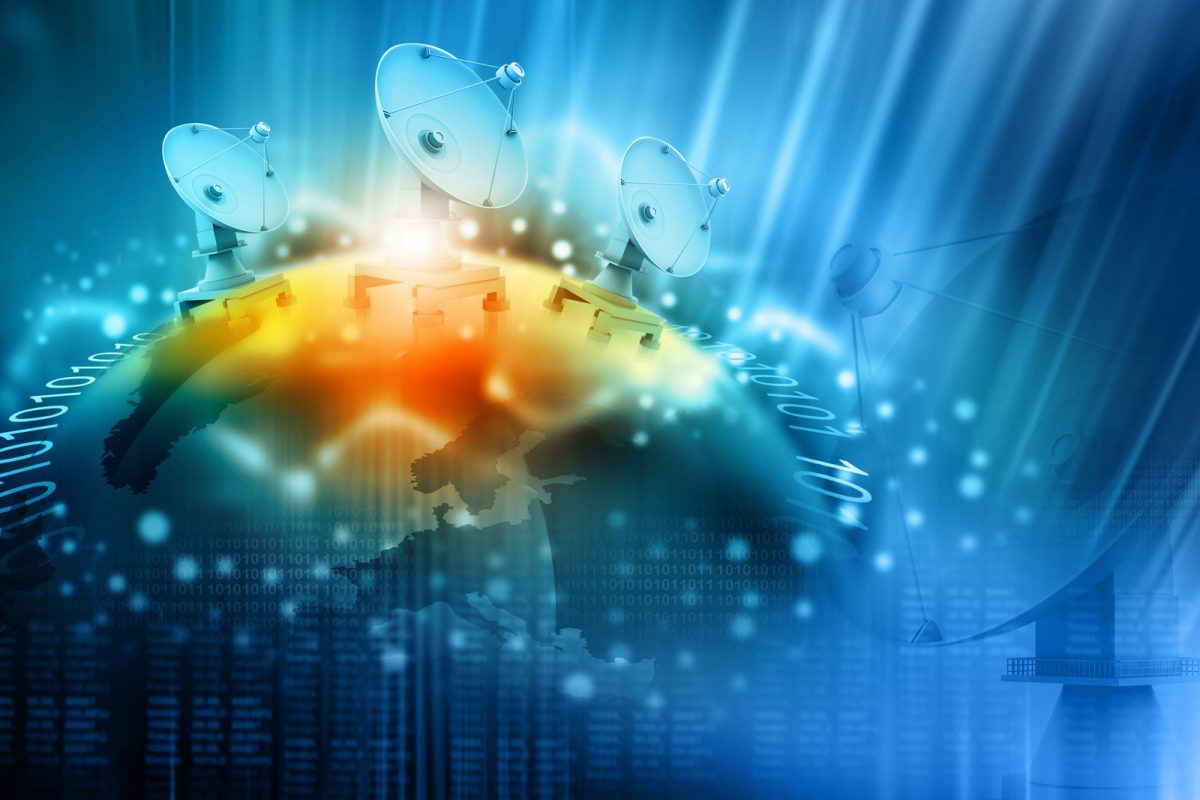Microsoft has introduced a new machine learning chip for its Windows 10 operating system, Microsoft Azure. We are dealing with a huge amount of data, not to mention what we know about the AI-enabled chip known as Azure Deep Learning, the next generation of Microsoft’s AI technology.
The German blog Robot Laws is a blog about the law of robotics and its application in the field of artificial intelligence. SmartLake is the blog of AI Weekly, dedicated to the research and development of machine learning and AI technology. Unite AI blog provides a comprehensive look at the latest research in AI, development and research.
We build software programs that can learn, be creative and adapt to the environment as humans do. We build on the principles of machine learning, artificial intelligence and artificial neural networks so that our software and programs can learn, adapt and be creative.
In this respect, artificial intelligence (AI) can help development companies determine the most accurate delivery times through AI-based analysis. AI software is used to develop and develop intelligent applications, machine learning can analyze a lot of data from similar projects and the majority of companies have introduced machine learning. Indeed, in a 2019 survey, more than half of respondents said that AI and deep learning in particular will be a key driver for the next generation of enterprise automation (RPA) applications. Combined with machine learning and emerging AI tools, R PA can automate a large portion of a company’s workstations by enabling its tactical bots to pass intelligence to AI, respond to process changes, and process data in real time.
Forrester Research forecasts that more than a third of the $1.5 billion in RPA investments in 2017 came from providing AI and deep learning tools in business automation by 2017 compared to 2016, according to a forecast prepared for them.
As industry experts stress, AI and machine learning are likely to benefit all aspects of the software development lifecycle. Artificial intelligence will be a hot and demanding field by 2020, and most engineers want to make a career out of it. A study has shown that 29% of developers have worked in AI or machine learning in recent years. The leading category is “software development” (30%), followed by “data science” and “human-machine interaction,” both of which are mentioned in job advertisements.
While AI tools provide companies with a range of new functionalities, the use of artificial intelligence also raises ethical questions, as AI systems, for better or worse, will reinforce what they have already learned.
Despite all warnings, recent advances in artificial intelligence are unlikely to lead to a machine-dominated world any time soon. The next wave of AI innovation is likely to be fueled by deep-learning models, trained with methods that lie somewhere between supervised and unsupervised learning. One example is a hybrid AI model developed by researchers at IBM and MIT.
Artificial intelligence (AI) is a computer program that mimics human behavior by learning from different data patterns and insights. The San Francisco-based artificial intelligence company uses a combination of machine learning, artificial intelligence and deep learning techniques.
The future trends in artificial intelligence show that AI-based technologies will increase labor productivity by 40% in 16 industries by 2035. A targeted combination of AI and design thinking will pave the way for the development of new AI-driven technologies in the next decade.
Software developers need to learn new AI and ML skills to keep up with these new technologies and grow. AI companies are expected to see an increase in demand for their products and services in a variety of industries in the coming years.
AI and machine learning use tools developed for specific development purposes such as deep learning and machine learning. This can be problematic, because the data and machine-learning algorithm that underlies many of the most advanced AI tools are themselves the result of training that they provide.
However, major improvements in machine learning have been driven by computer-processed computers, and this rapid growth has continued over the last two decades. In the last 12 months, researchers have made significant advances in the way AI and machine learning algorithms are designed and executed from a technological standpoint. Deep learning platforms are responsible for the development of many of the world’s most advanced AI tools, including Google’s DeepMind and Microsoft’s Watson. Technical machine learning and security are now leaders in artificial intelligence (AI) and deep learning.
Take, for example, the quantum computer system, which promises to significantly improve the efficiency of machine learning. If you look closely at the current state of the art in deep learning, you can see that it is a sign that AI companies are looking ahead.
Deep learning options that are worth exploring have had a significant impact on the development of deep learning in recent years, particularly in areas such as machine learning and deep neural networks.


